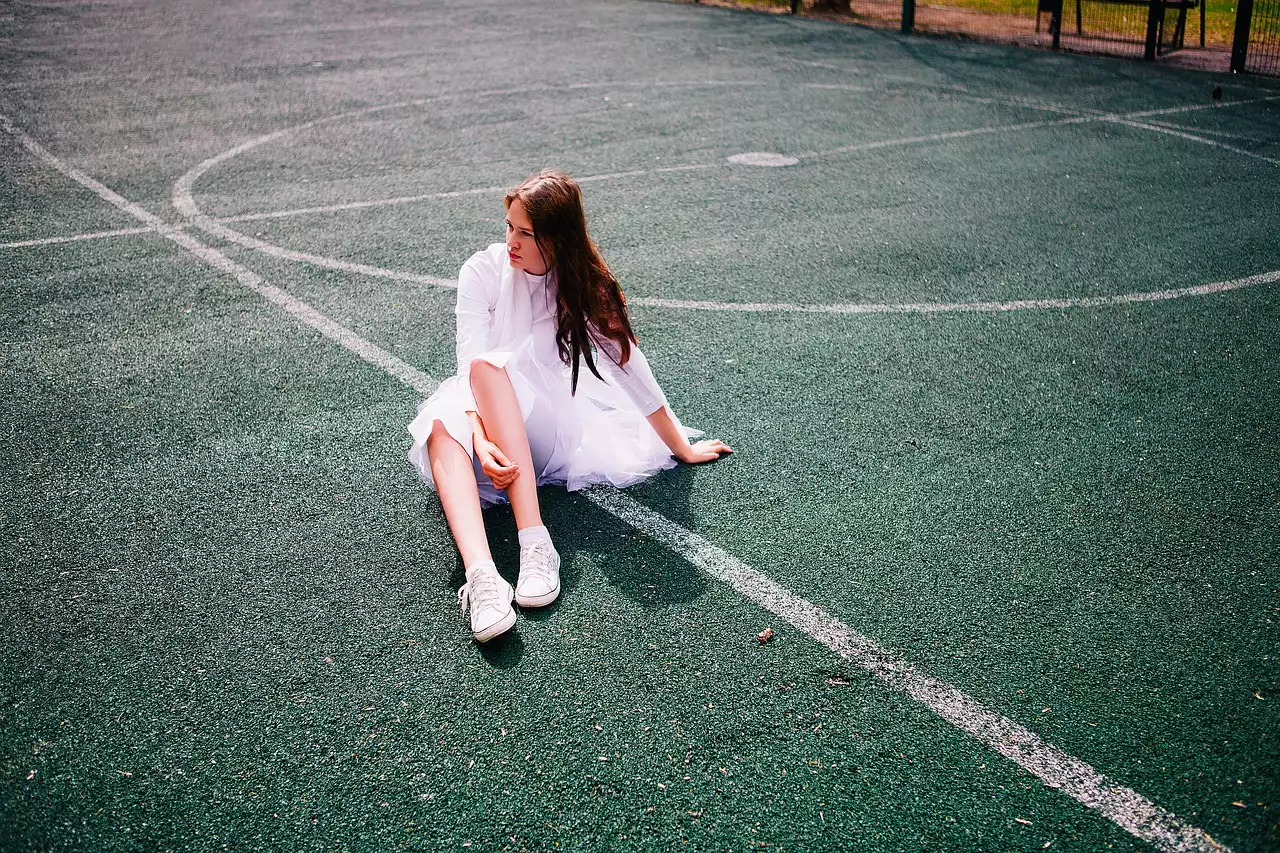When it comes to the 1920s and fashion, one thing that springs to mind is flappers, feather boas, and the Charleston. In short, the Roaring Twenties are all about excess and decadence. The style of clothing at this time reflects a society so intoxicated with money and leisure that clothes become almost secondary. However, as with most decades, there was also a counterculture movement; one that emphasized simplicity and functionality over frills and furbelows. It is this movement which marks the beginnings of what we now know as ‘leisurewear’ or ‘active wear’. So let’s take a look at women’s leisurewear in 1920s America.
What is leisurewear?
There is no agreed definition of what leisurewear actually is. While many definitions exist, they all have one thing in common, that it denotes clothing suitable for leisure activities. One common definition is that leisurewear is clothing that is suitable for activities that require a large amount of movement – i.e. sports or exercise. There is also leisurewear for everyday activities like gardening or washing the car. Finally, some people include in their definition of leisurewear clothing suitable for when you’re ‘off duty’ – i.e. loungewear.
Women’s T-Shirts in the 1920s
For all the flamboyance of ‘deco’ fashion and its high color, the most popular item of clothing was and still is the T-shirt. What we might consider a very ordinary item of clothing was shunned by designers of the 1920s, who favored extravagant and elaborate designs such as fancy-hem blouses, low-cut dresses, and long coats. Despite the popularity of the T-shirt, it did not feature in ‘deco’ designs. Instead, they were plain, often with a high neckline, and resembled the upper body garments that were favored in the Edwardian era. For young, active, sporty girls of the 1920s, the T-shirt was the perfect piece of clothing, as it could be worn alone, under an open-neck shirt, or as part of a multi-layered outfit.
1920s Swimwear
For most women in the 1920s, the beach was their favorite leisure activity, and swimwear was the most important piece of clothing for this occasion. The ‘bathing suit’ had been around since the Victorian era, but this decade saw a move towards less coverage, with the introduction of the one-piece swimsuit. These one-piece swimsuits were often known as ‘monokinis’, as they were just like the two-piece swimsuits that we know today, but were made as one piece. However, they were often still very revealing and provocative. As well as a change in swimwear fabric, from wool to cotton, there was a move towards bold colors and geometric designs, as seen with swimsuits used in aquatic events such as diving.
Sportswear: From Gym to Street
Apart from swimming, women of the 1920s enjoyed many leisure activities that were new to the ‘roaring’ decade, such as tennis and golf. In this decade, fashion and sportswear came together, the tennis dress became the most important piece of 1920s fashion. It was seen as a ‘must-have’ item for every fashionable woman, and was worn not just for tennis, but also for everything from going to the beach to riding a horse. Tennis dresses were often made in multi-colored florals, and were worn with white, elbow-length gloves. Other sports such as golf also saw a rise in popularity, and fashion designers created golf clothes that were both practical and fashionable. They were made in bright colors, often with a chequered design, and included golf skirts, golf sweaters, and golf shoes.
Incorporating Colour into Layering Basics
Thanks to the rise of ‘deco’ and the fact that the popularity of sportswear meant that women had lots of options when it came to fashionable leisurewear, the 1920s saw a move away from the usual black and grey of mourning wear towards brighter colors. Red was the color of the decade, appearing in everything from cosmetics to clothing, as well as being the color of passion. The majority of women’s leisurewear was still monochromatic, consisting of a white T-shirt, black shorts, and dark tennis shoes. However, bolder colors were beginning to appear, especially in the tennis dress, which was often made in multi-colored floral fabrics.
1920s Leisurewear Conclusion
The Roaring Twenties were all about excess, and this was reflected in the clothing that people wore. Fancy fabrics, bold colors, and elaborate designs made up the majority of fashionable outfits. However, as the decade came to a close, there was a counterculture movement towards simplicity and functionality. The tennis dress was perhaps the most important emblem of this, as it was the most fashionable outfit of the decade. As the decade came to a close, tennis players and sportswomen increasingly wore their tennis dresses outdoors, and it was in this way that the tennis dress became the symbol of a new, more functional, and more practical fashion for the ‘Swinging Twenties’.


 The Most Entertaining Music Concerts in History
The Most Entertaining Music Concerts in History
 Aamir Khan Bollywood Film Star
Aamir Khan Bollywood Film Star
 Writing down Thoughts and Feelings
Writing down Thoughts and Feelings Women's Hats and Hairstyles in 1920s America
Women's Hats and Hairstyles in 1920s America What Did Women Wear in 1930s America?
What Did Women Wear in 1930s America? The Influence of Hollywood Glamour on 1930s Fashion
The Influence of Hollywood Glamour on 1930s Fashion The Flapper Style for 1920s Women
The Flapper Style for 1920s Women